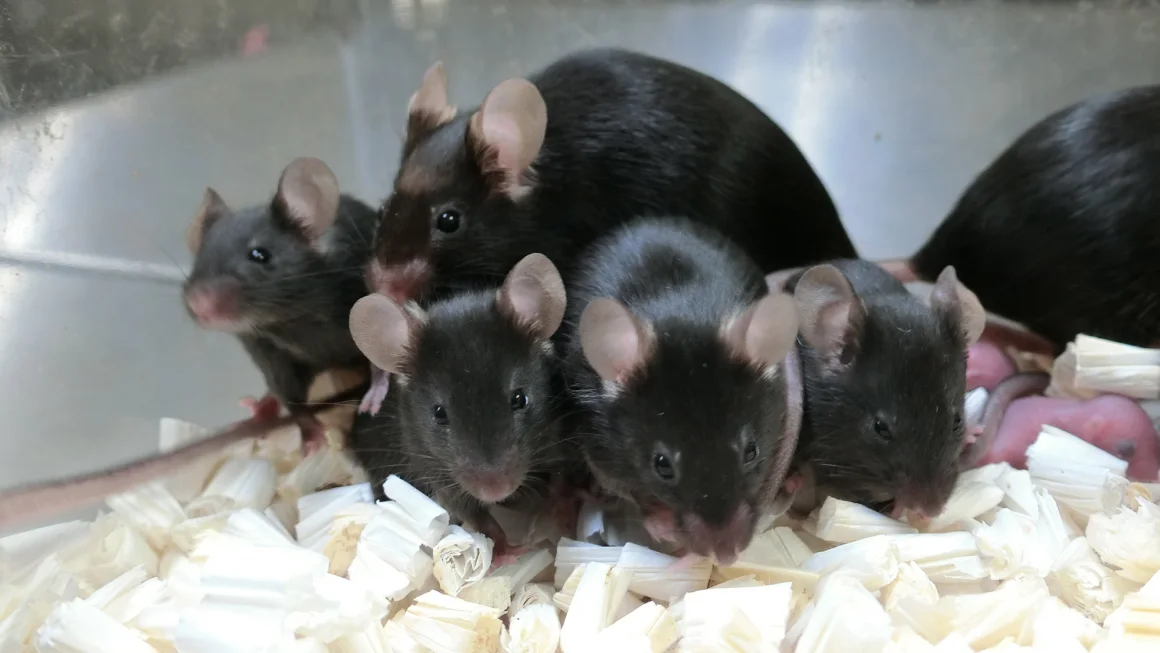As Earth grapples with pandemics, extreme heatwaves, and increasing natural disasters, the futuristic idea of establishing human settlements on the moon or Mars has gained momentum. Advocates see space colonization as a backup plan for humanity’s survival in the face of catastrophe. However, one critical question remains unanswered: Can humans reproduce in space?
In a groundbreaking effort, freeze-dried mouse sperm aboard the International Space Station (ISS) could provide key insights into mammalian reproduction in the harsh conditions of space. Led by Professor Teruhiko Wakayama of the University of Yamanashi’s Advanced Biotechnology Centre, this research could lay the foundation for future generations beyond Earth.
The Experiment: Freeze-Dried Mouse Sperm in Orbit
Stored in a specialized radiation-protected box on the ISS, the freeze-dried mouse sperm is part of a larger initiative to understand whether mammals can procreate in microgravity. The samples, currently orbiting Earth, are scheduled to return in 2025. Once back on Earth, Wakayama and his team will analyze the sperm’s viability and potential to produce healthy offspring.
Wakayama’s research builds on previous success:
- Mouse sperm stored for six years in space was successfully rehydrated and used to create healthy baby mice on Earth.
- The team concluded that freeze-dried sperm could remain viable for up to 200 years in space – an impressive but insufficient duration for humanity’s long-term goals.
With the latest experiment, Wakayama is testing advanced methods to store sperm at room temperature while protecting it from space radiation. This could make indefinite preservation of Earth’s genetic resources in space possible.
“Our aim is to establish a system for safely and permanently preserving Earth’s genetic resources somewhere in space – whether on the moon or elsewhere – so that life can be revived even if Earth faces catastrophic destruction,” Wakayama explains.
The Road to Reproduction in Space: From Chix to Cosmic Cockroaches
While Wakayama’s work focuses on mammals, the quest to understand reproduction in space has a long history:
- 1989: KFC-sponsored “Chix in Space” sent 32 fertilized chicken eggs into orbit to observe embryonic development in microgravity.
- 1992: Tadpoles hatched aboard the Space Shuttle Endeavour swam erratically, struggling to locate air bubbles in weightlessness.
- 2007: A cockroach named Nadezhda gave birth to 33 offspring in orbit. Though mostly normal, the cockroaches developed unusually dark exoskeletons.
- Small creatures like medaka fish and snails have successfully completed their reproductive cycles in space.
“Going to mammals is the next natural step, to see what parts of reproduction will work,” notes Virginia Wotring, a professor at the International Space University in France.
Why Reproduction in Space Matters
While immediate concerns such as radiation exposure and muscle loss take precedence for astronauts, Wakayama emphasizes that reproduction will be essential for long-term human survival in space. Damaged DNA in reproductive cells could pass genetic abnormalities to the next generation, compromising future colonization efforts.
Another challenge lies in microgravity:
- Without Earth’s gravitational pull, embryonic development – including the nervous system and limb formation – might not occur normally.
- Wakayama’s experiments aim to identify and address these potential hurdles, ensuring that reproduction in space is feasible.
His work could also enable the transportation of animals, such as livestock for food and dogs for companionship, to extraterrestrial colonies.
The Future: IVF in Space and Beyond
Wakayama’s ambitious next step involves developing a device that allows astronauts to perform in vitro fertilization (IVF) with rodent sperm and eggs aboard the ISS. Japan’s space agency has accepted the project, and Wakayama hopes to launch the device within two years.
“If we can confirm that reproduction and development are possible in space, it will bring reassurance,” Wakayama says. “If it doesn’t work, we need to understand how to address that challenge.”
Humanity’s Next Frontier: Sustaining Life Beyond Earth
With programs like NASA’s Artemis mission aiming to establish a human presence on the moon by 2026 and Elon Musk’s predictions for a crewed mission to Mars within the next four years, the dream of a multi-planetary species is becoming tangible.
However, space remains a hostile environment:
- Cosmic radiation increases the risk of cancer and DNA mutations.
- Microgravity weakens bones, muscles, and the immune system.
While these issues must be addressed, Wakayama’s research offers a crucial step toward sustaining life off Earth. By proving that mammalian reproduction is possible, humanity could secure a foothold on the moon, Mars, and beyond.
“In sci-fi movies, people live on other planets and babies are born, but we don’t even know if that’s possible yet,” Wakayama says.
Conclusion
The freeze-dried mouse sperm orbiting Earth represents more than a scientific curiosity; it symbolizes hope for humanity’s survival and expansion into space. Wakayama’s work could provide answers to one of the most fundamental questions of space colonization: Can life thrive beyond Earth?
Whether as a safeguard against global catastrophe or as a bold new chapter in human evolution, this research brings us one step closer to a future among the stars.
